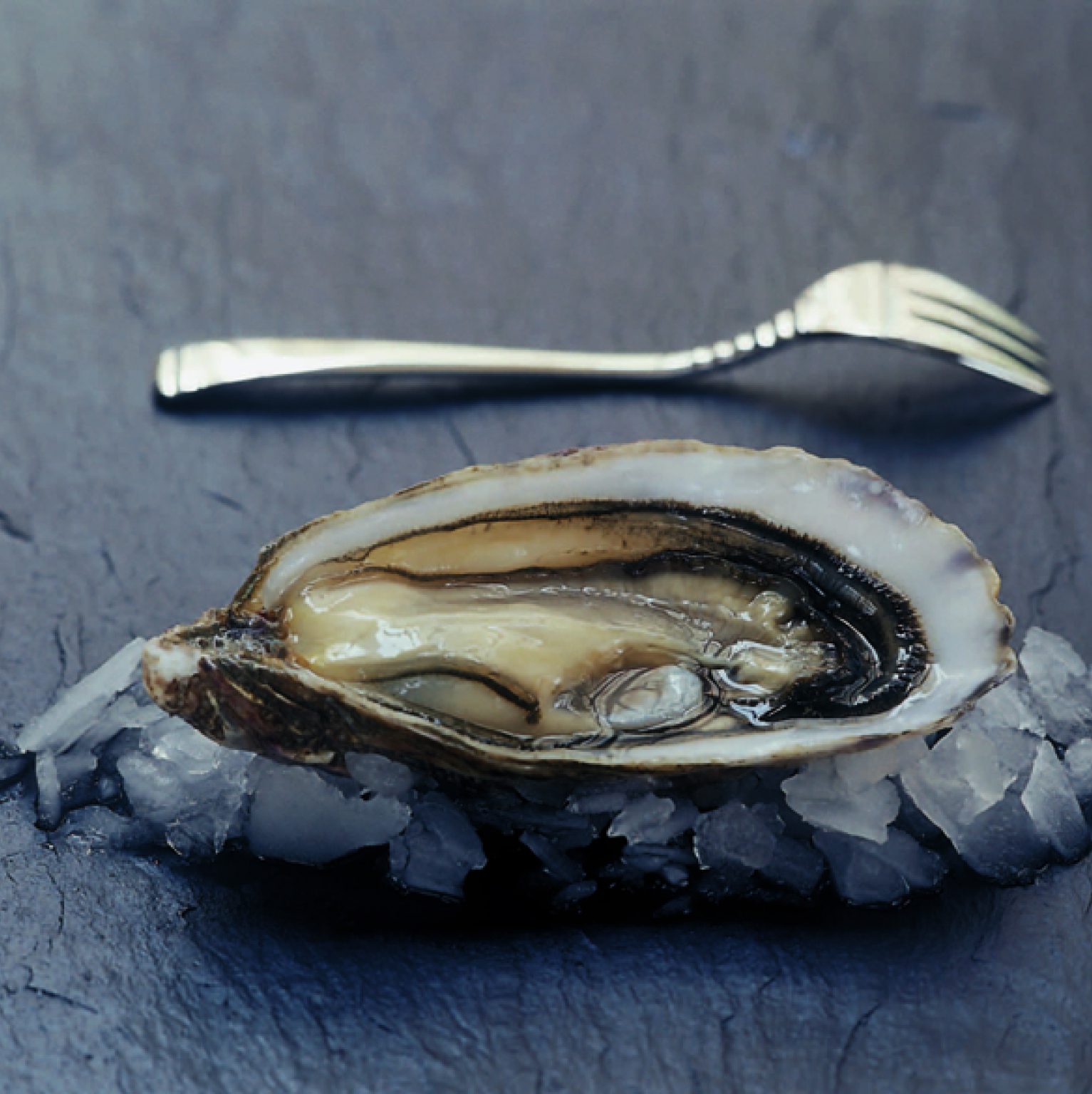

Lower circalittoral, Lower eulittoral, Lower infralittoral, Sublittoral fringe, Upper circalittoral, Upper infralittoralīedrock, Cobbles, Gravel / shingle, Large to very large boulders, Mud, Muddy gravel, Muddy sand, Pebbles, Small boulders Habitat preferences Physiographic preferencesĮstuary, Open coast, Ria / Voe, Sea loch / Sea lough Urosalpinx cinerea, the American oyster drill, was accidentally introduced to the British Isles with American oysters and lives on oyster beds feeding almost entirely on oyster spat. Buccinum undatum, the common whelk also feeds on oysters but not as exclusively as the sting winkle. Native oysters are preyed on by a variety of species including starfish and Ocenebra erinacea, the sting winkle or rough tingle. The slipper limpet deposits pseudo faeces which forms 'mussel mud' changing the substratum and hindering settlement. Brought over from the United States this species can occur in very high densities competing for space and food. The oyster faces serious competition from the introduced species Crepidula fornicata, the slipper limpet. In the British Isles, the main growing season is from April to October. It then remains constant at around 20 grams per year before slowing down after five years.

Because the oyster cements itself to the substratum, growth of neighbouring individuals may result in competition or space and distort the usual shell shape.

Size and shape can be extremely variable. There is some evidence that reduced growth, weight and poor conditions are a consequence of high population densities (300 per square yard).


 0 kommentar(er)
0 kommentar(er)
